|
Pablo Picasso, Olga Pensive, 1923; ©Succession Picasso; Musée Picasso Paris. Photo: Mathieu Rabeau/Etablissement public de La Réunion des musées nationaux et du Grand Palais des Champs-Elysées. There are a lot of Picasso reproductions around, and for some reason many are altered in color, with randomly selected hues not necessarily reminiscent of the originals. In this portrait of Picasso's first wife, Olga, her dress — formerly in blue pastel — has been replaced with purple using an unknown medium. And compare the backgrounds in the two versions. The qualities of the backdrops are very different, indicating that the altered update is probably a modern painting or possibly even a digital recreation, rather than an authentic photo that's been digitally manipulated. Altered version of a pastel work by Pablo Picasso. Copywriting & Consultations
0 Comments
Otis Dozier, Cotton Ball, 1936; Dallas Museum of Art. The yellow-tinged reproduction below not only changes the colors of the original, but in doing so erases the naturalistic qualities that are basic to the composition despite its abstract elements. The monochrome color scheme flattens depth and contrast, and severs the connection with earth, natural growth, and blue sky. The image is most likely a photo of a recently painted reproduction, but it's been circulating without a notification letting viewers know that it's an altered update. It's also badly cropped, with sections of the top and bottom missing. Altered version of a painting by Otis Dozier. THE ART DETECTIVE Bloopers, Fakes & Mistakes
Gaston La Touche (1854-1913), Le Bal (The Ball), n.d. Gaston La Touche (Gaston de la Touche) is known for his often shadowy, dark scenes, with plays of light here and there, figures not always completely defined, almost dreamlike. The Ball, shown above in an image from Schiller & Bodo, New York, is one of those paintings. The altered version below has been wrongly enhanced in an attempt to create a scene that is brightly lit, which is the opposite of the artist's intention. It's also clear that the digital changes themselves have been overdone; the yellow and orange glare tells us that the use of "brightness" has gone too far. HIghly altered version of a painting by Gaston La Touche. Pierre Bonnard, The White Cat, 1894; ©RMN-Grand Palais (Musée d'Orsay) / Hervé Lewandowski. If the title of a painting says "White Cat" and you're looking at a yellow cat, be cautious — it's either a title mix-up or you're viewing an altered copy. It seems that a lot of art images appear overly yellow, as though someone intentionally favored yellow when editing, or failed to compensate for color distortions in a poor-quality photo. In any case, the image above, presumably much more accurate, is from the Musée d'Orsay, Paris, where the work is located. Sadly, the altered version below obscures the beautiful detail of the original. Altered version of a work by Pierre Bonnard. Copywriting & Consultations
Jean-Étienne Liotard, The Chocolate Girl (La Chocolatière), c.1744; Dresden State Art Museums. This famous portrait by Jean-Etienne Liotard was once called, "The most beautiful pastel ever seen." One of the main reasons for its popularity was its exquisite, life-like realism, the beautifully rendered folds of cloth, and flesh tones almost like porcelain. In the modern reproduction below, these qualities are no longer present. In fact, the contemporary version may very well have been produced in a medium other than pastel. The colors are different, and it lacks the depth, refinement and subtlety of the original. Altered version of a work by Jean-Étienne Liotard. Claude Monet, Autumn Effect at Argenteuil, 1873; ©The Samuel Courtauld Trust, The Courtauld Gallery, London. Monet was a prolific artist who produced hundreds of paintings, often returning to the same scene, from the same perspective, dozens of times. And there are thousands of Monet reproductions. As a result, it's often difficult to identify a modern copy among all the authentic variations. In some cases, however, it's obvious. The reproductions below are good examples. No one who's truly familiar with Monet would accept versions like these as authentic, but viewers new to Monet love sharing them, and some are quite popular. In fact, many rather extreme contemporary interpretations have been used by art vendors on prints and other commercial products. Note that the last image below is a cropped detail, but appears online without saying it's an altered version, or that it's only a portion of the whole picture. Altered version of a painting by Claude Monet. Altered version of a painting by Claude Monet. Altered detail of a painting by Claude Monet. Giorgio de Chirico, Prometeo (Prometheus), 1909-10; Paolo Volponi Collection. The reproduction below appears to be a modern painting based on the original, possibly with additional digital alterations. It's doubtful that the deep, comprehensive changes seen in the updated work could have been achieved solely through digital tampering, The latest sighting of this reproduction also included an incorrect title and date, providing the oddly seasonal title "Prometheus Autumn," 1908. The photo above, presumably more accurate, comes from an article about a 2019 exhibition at the Fondazione Magnani Rocca in Parma, Italy, where three different Prometheus paintings were displayed together for the first time. In addition to De Chirico's work, a painting by his brother Alberto Savinio, and a Prometheus by Arnold Böcklin also appeared. Altered version of a painting by Giorgio de Chirico. Corrections or suggestions?
Joan Miró, "Prades, The Village," 1917; The Solomon R. Guggenheim Museum. Someone decided to change all the colors in this early Miro, resulting in the modern reproduction below. Sometimes art vendors cater to a contemporary market by brightening photos of older paintings that might have become faded over time. But that doesn't seem to be the motivation here, since the original is popping with colorful hues. Another issue is that, although Miro's painting is somewhat abstract, it still retains a sense of the natural environment, with blue sky and greenery among the more angular forms. The reproduction has turned everything purple and yellow, without regard to the natural scene. Altered version of apainting by Joan Miró. Maurits Cornelis Escher, Three Worlds, lithograph, 1955. Art lovers new to Escher's work might not realize that "Three Worlds" was originally conceived and produced as a monotone print, and that any colored versions they might see online are by definition modern reproductions. The contemporary version below appears to be a photo of a modern painting, but has been appearing under Escher's name, without any information about its modern-day source or the medium used. It would be helpful if recently created updates were labeled clearly as modern interpretations, so that viewers would be less likely to think they're looking at a famous artist's authentic output. Modern artwork, based on a b/w lithograph by M.S. Escher. THE ART DETECTIVEBloopers, Fakes & Mistakes
Mary Cassatt, The Banjo Lesson, 1894; The Virginia Museum of Fine Arts. The unnaturally brightened reproduction below seems to have introduced new colors at random, obscured much of the original detail, and altered the warm, human appearance of the work as a whole. This piece is a good example of Cassatt's pastel artistry, and the modern version removes all the subtleties and the care taken in presenting the subjects as delicately and with as much emotion as possible. Altered version of a pastel work by Mary Cassatt. Note that a beautiful study for the authentic painting has also been preserved, and is located at the Museum of Fine Arts, Boston. As shown below, it's a close-up view, and has sometimes been confused with the full piece that Cassatt created afterward. Mary Cassatt, Study for The Banjo Lesson, c.1894; Museum of Fine Arts, Boston. Corrections or suggestions?
|
REAL or REPRO?
A well-researched art resource that can help you find accurate images and spot altered copies. 100+ listings and growing daily. Browse at random, or search for something specific. Special requests are welcome.
Categories
All
Archives
January 2021
Disclaimer: This blog is intended for entertainment purposes only. Although every effort has been made to verify the accuracy of the information provided, the material included here should in no way be considered the final authority on any issues discussed in the text.
|

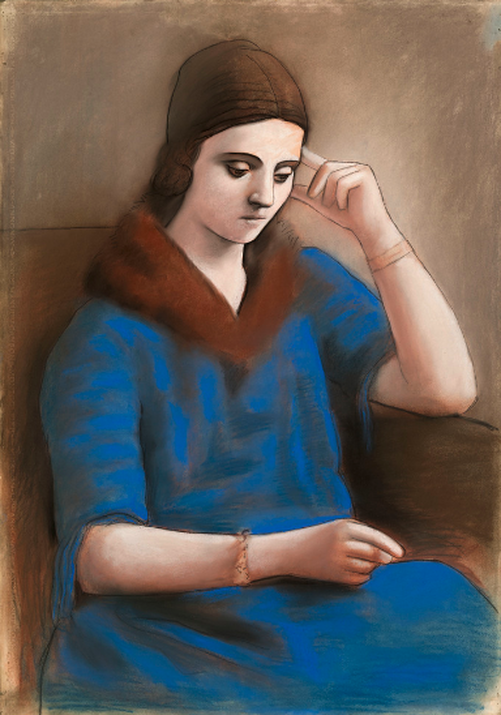
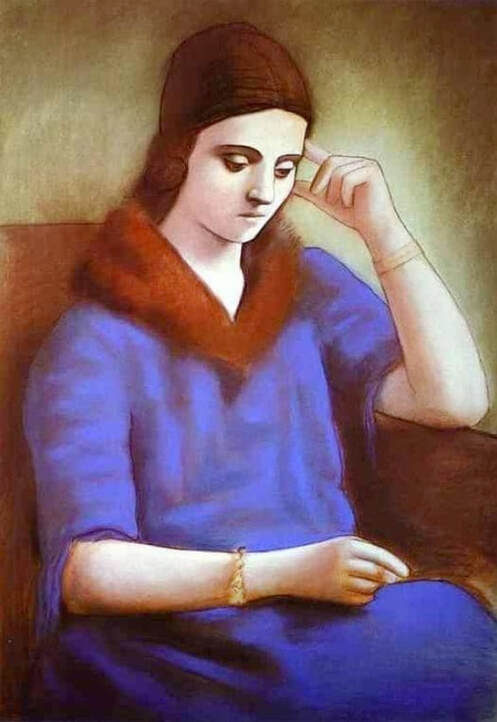

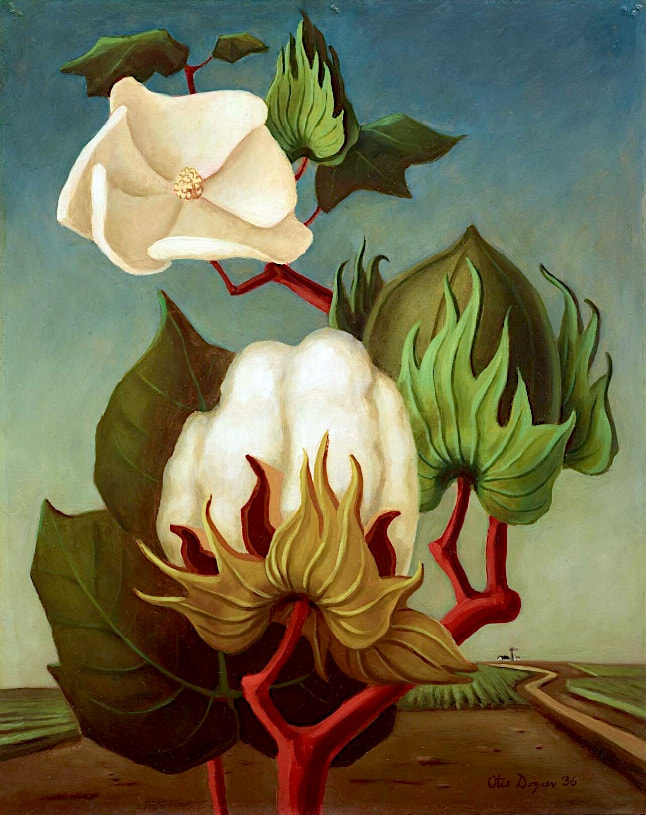
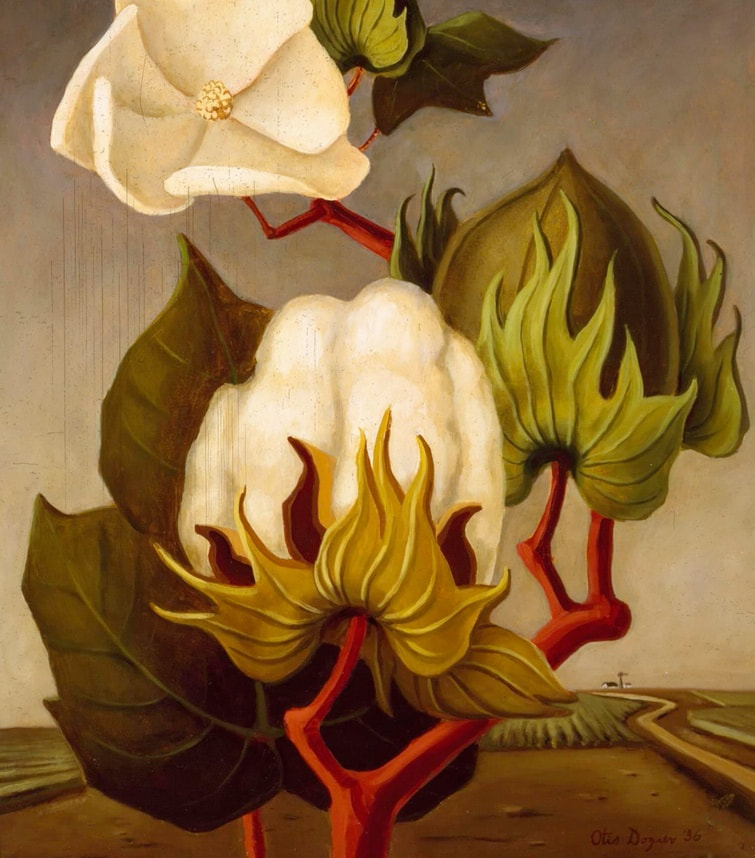
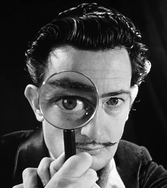
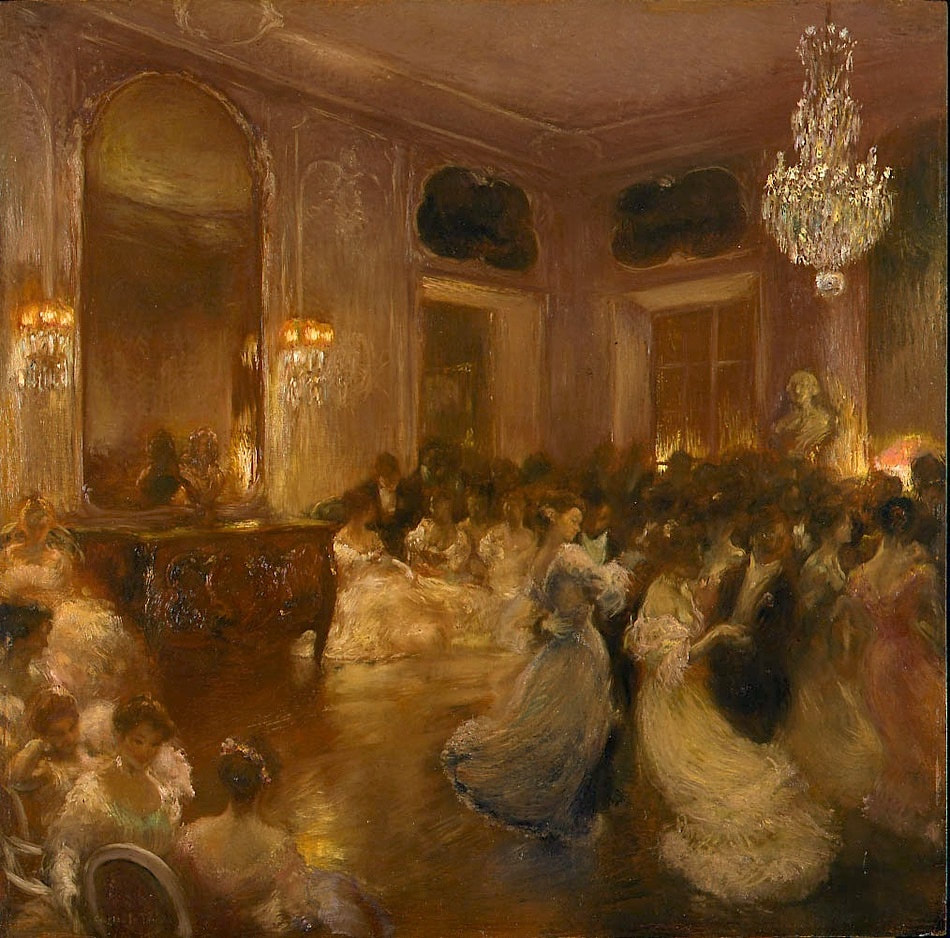
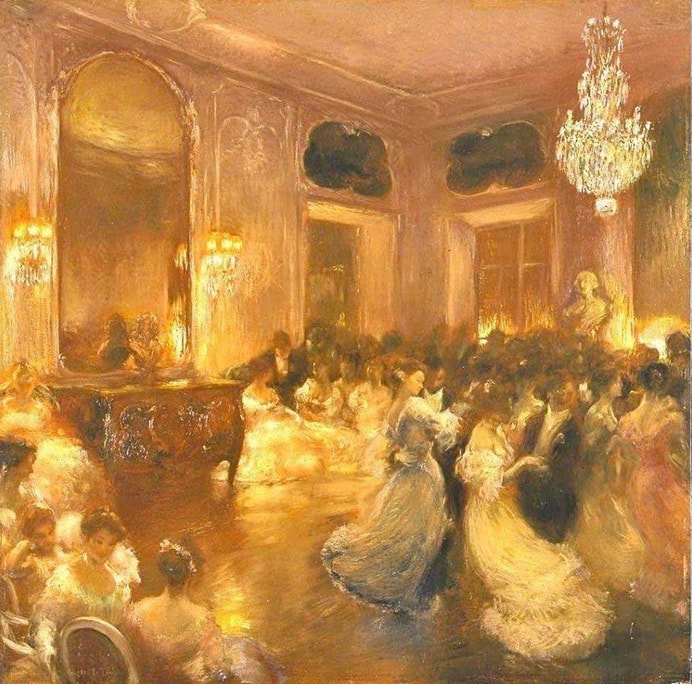
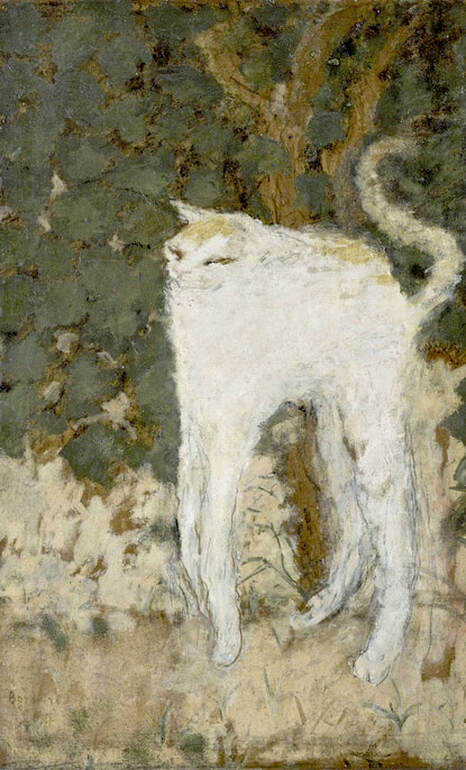
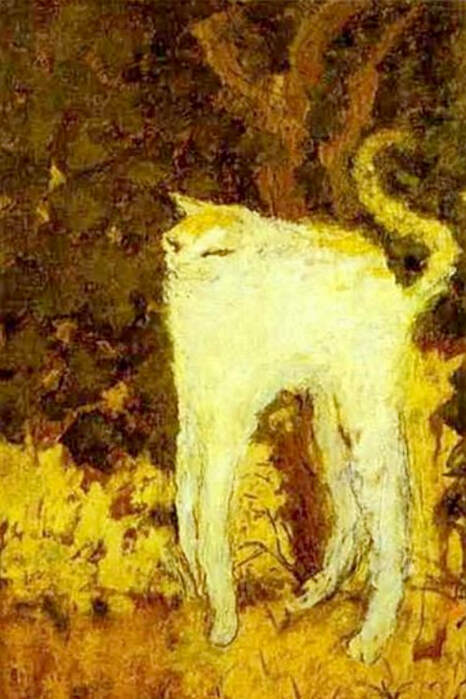

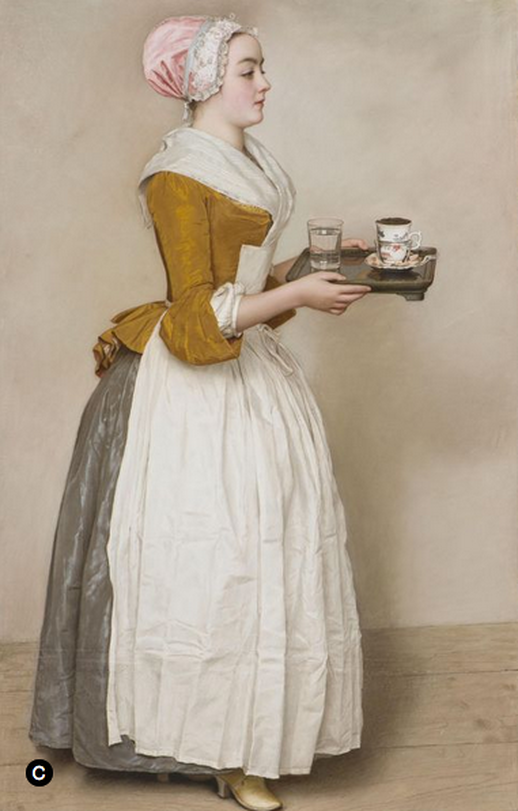
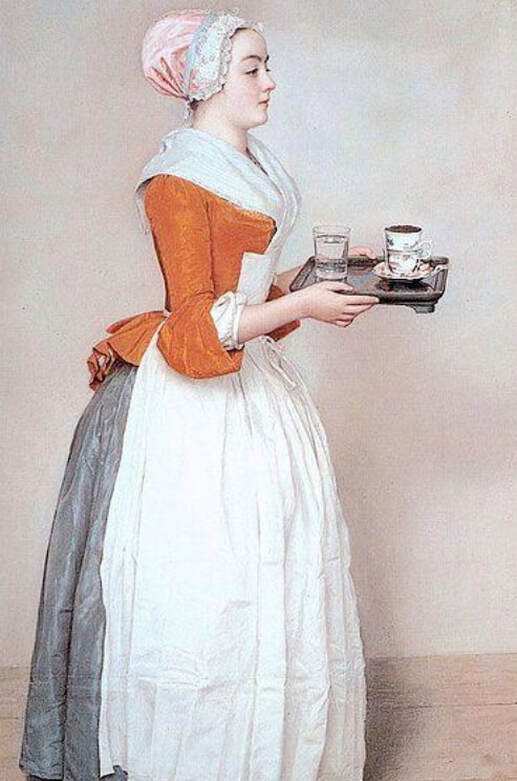
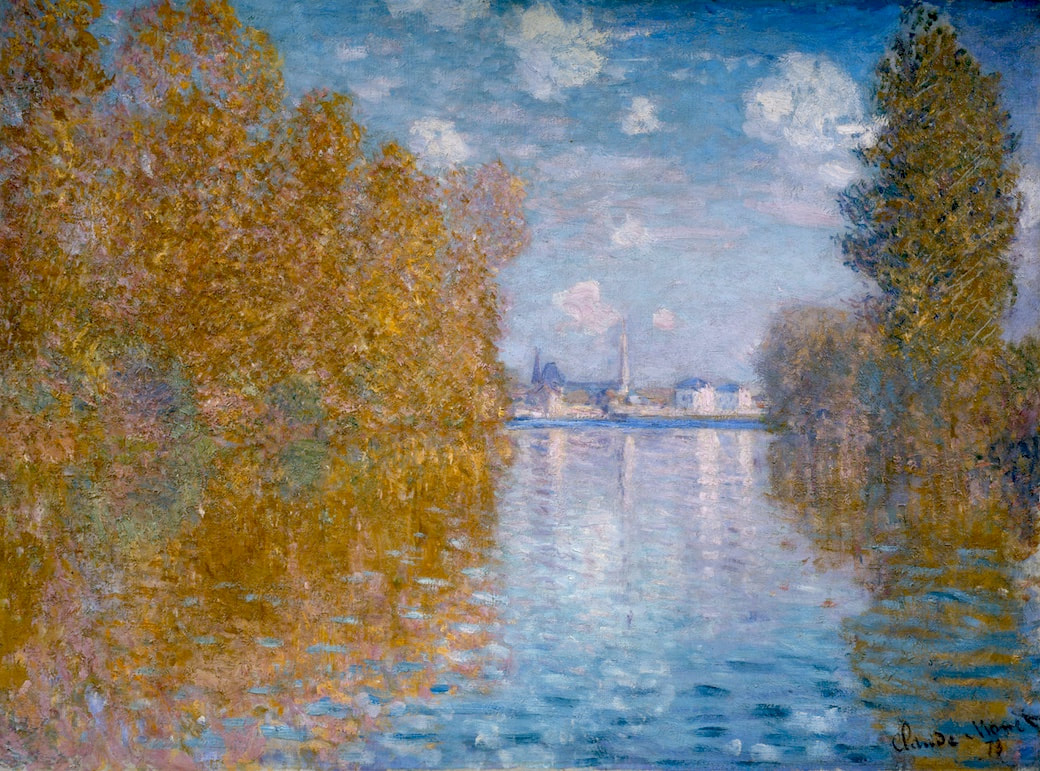
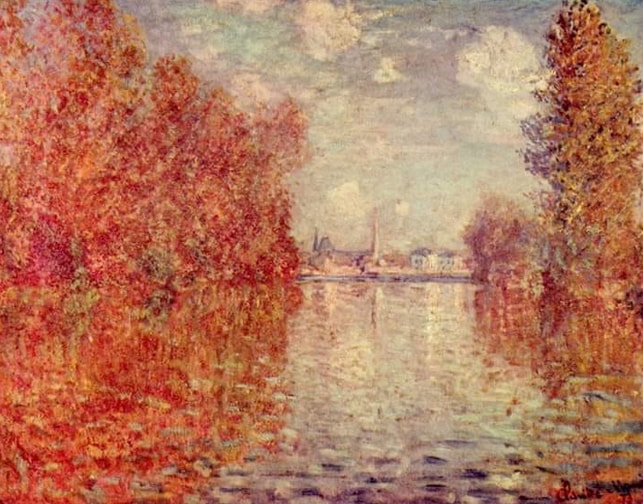
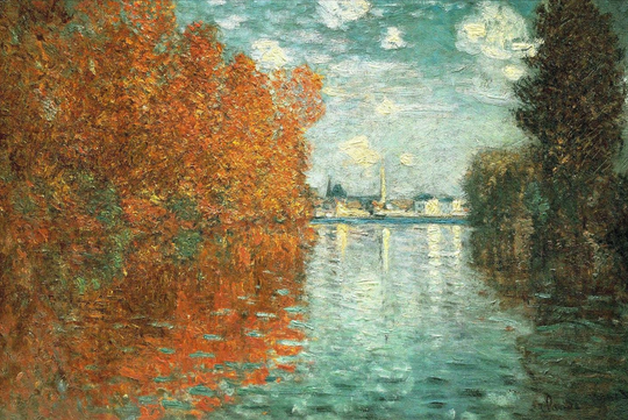
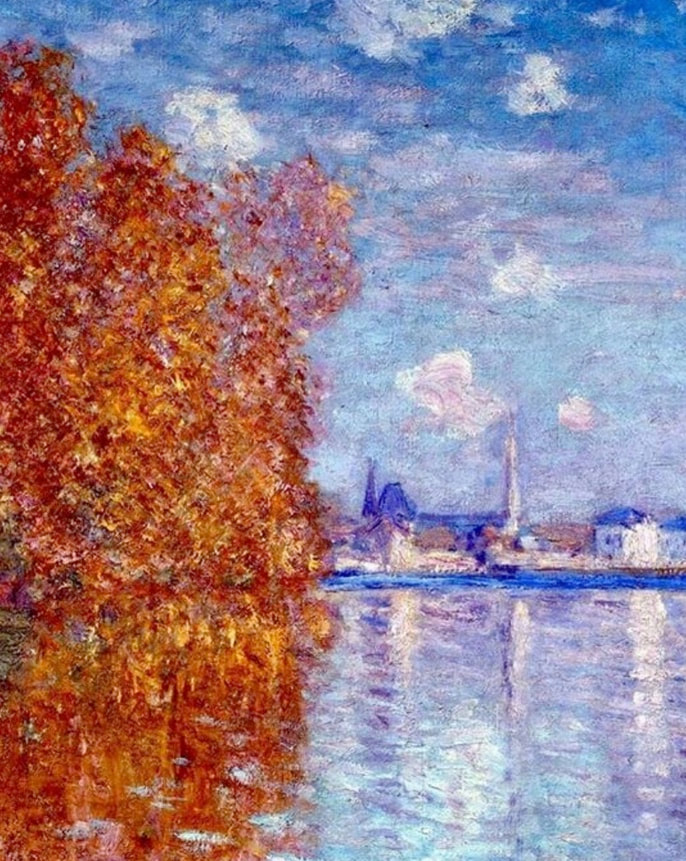
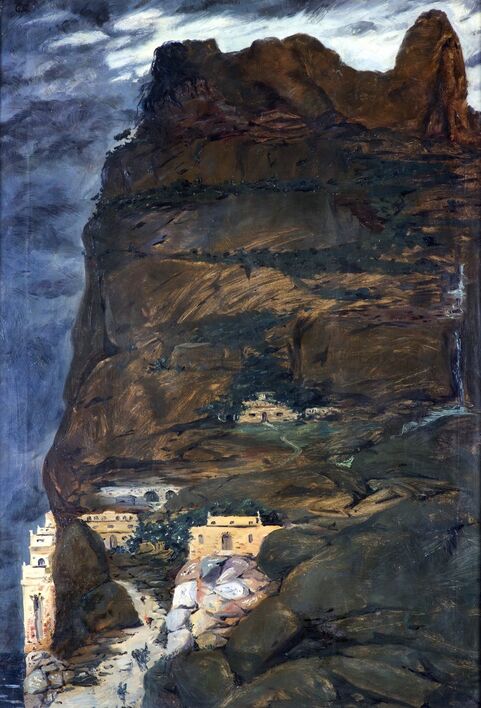
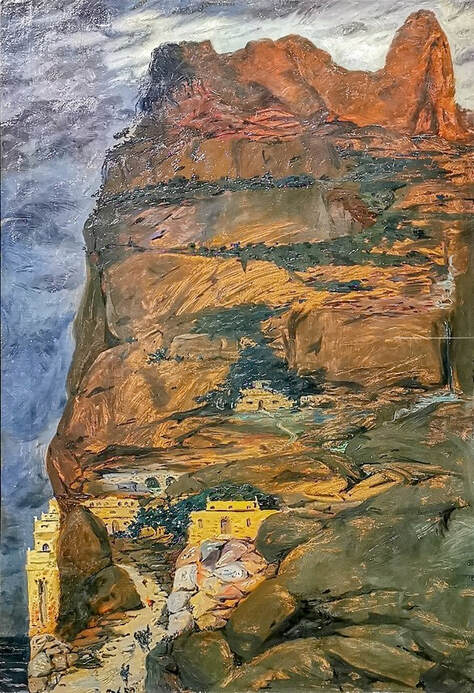
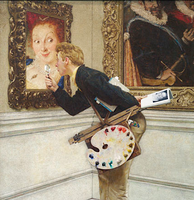
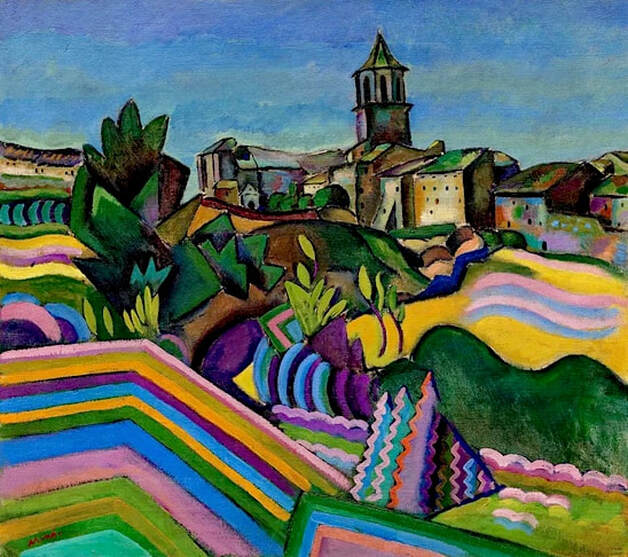
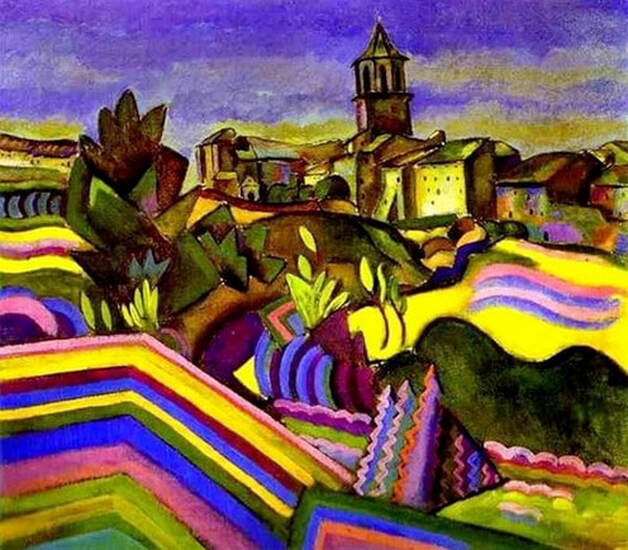
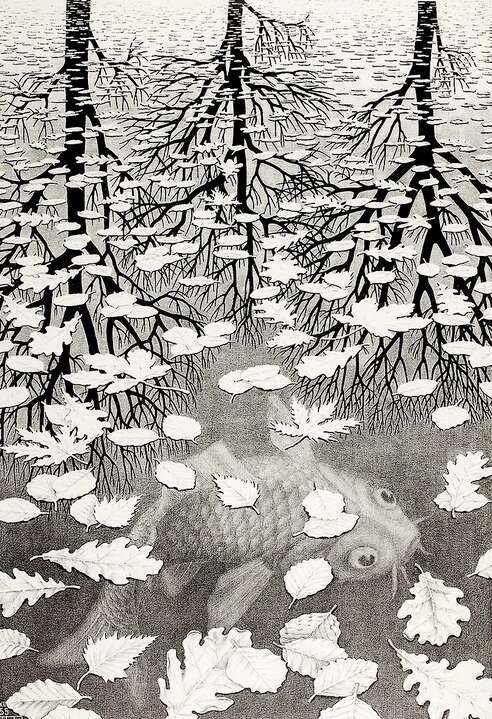
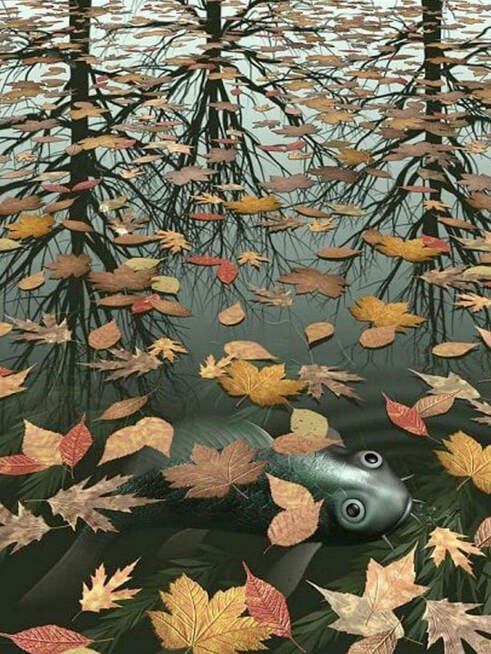
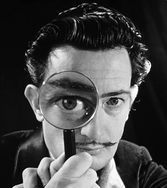
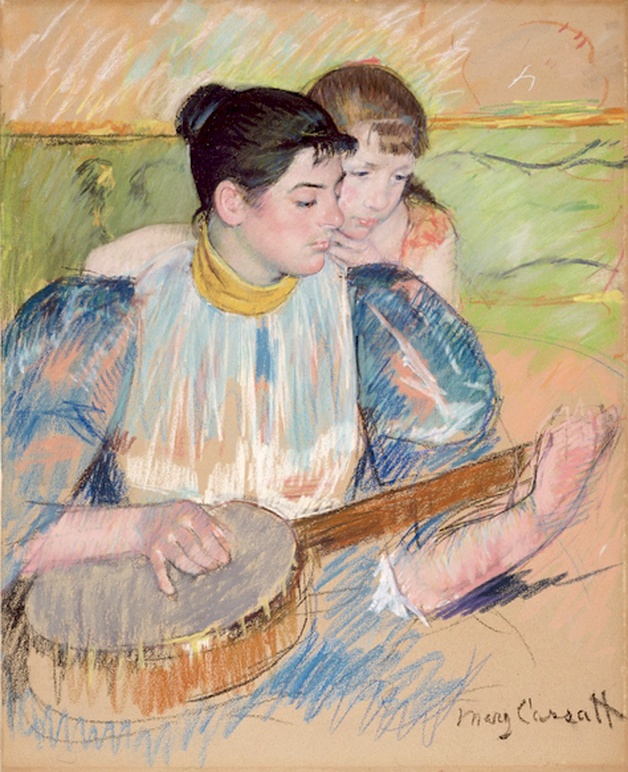
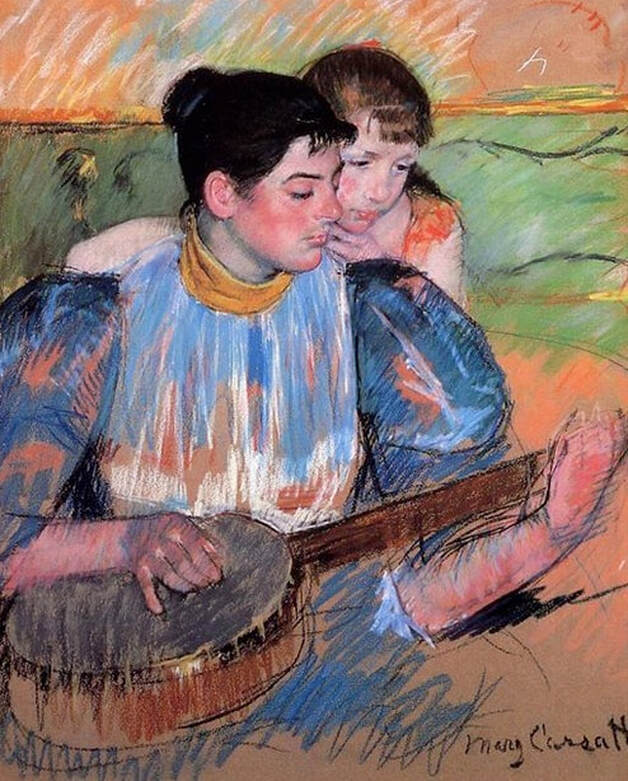
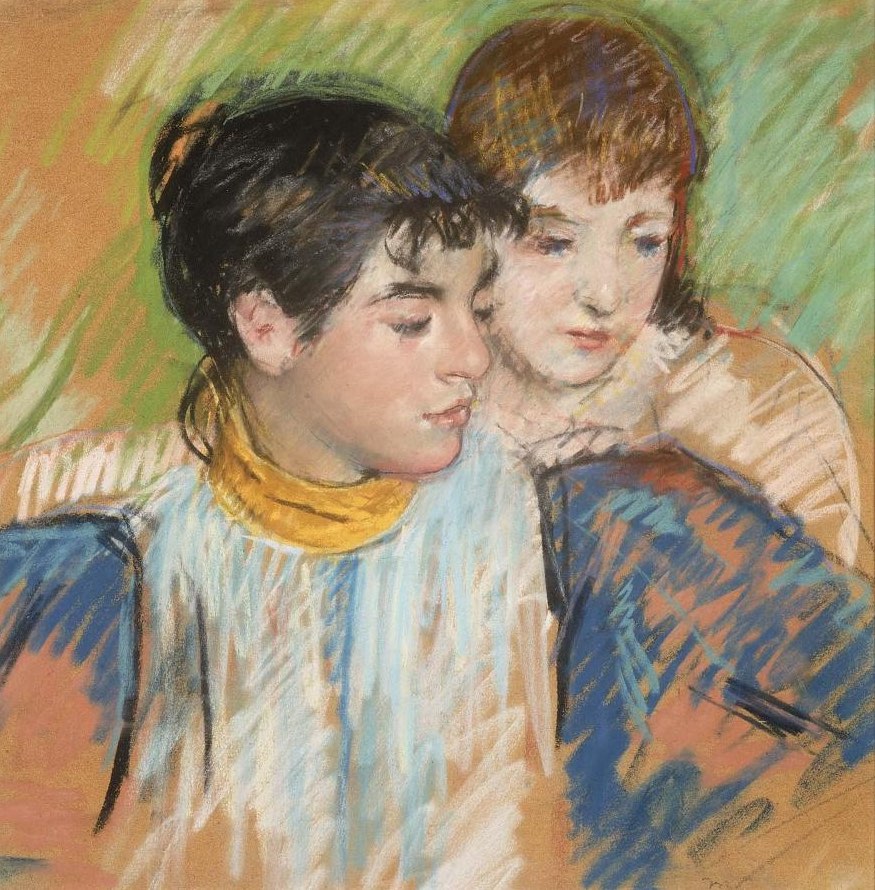
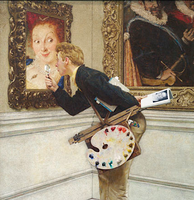
 RSS Feed
RSS Feed